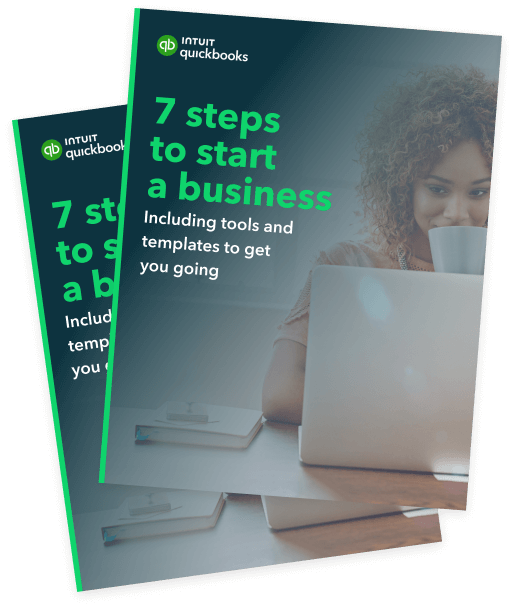Some of the biggest names in business were born in basements. Amazon, Microsoft, and Google famously launched from home garages. Even Intuit originated at Scott Cook’s kitchen table.
Starting a business at home certainly isn’t a new concept, but it is skyrocketing in popularity. This is thanks in part to the economic effects of the COVID-19 pandemic. Lockdown protocols have meant spending more time at home than ever before, and mass business closures have left a lot of employees looking for extra income.
The result was a surge of home-based, online businesses. You know what they say: “When the going gets tough, the tough get going.” According to a 2020 QuickBooks survey, 28% of those who already planned to start a business say COVID-19 accelerated their plans. Another 42% of those who started a new business or planned to start a business said they were finally taking their side gig full-time.
But here’s the best part: these new business owners feel overwhelmingly optimistic about their future prospects; 72% of new business owners are optimistic about their success in 2021 and beyond.
Starting a new business can be daunting, but it becomes less so when you can do it from the comfort of your own home (or garage). However, there are some pros and cons to consider before you dive in.



















